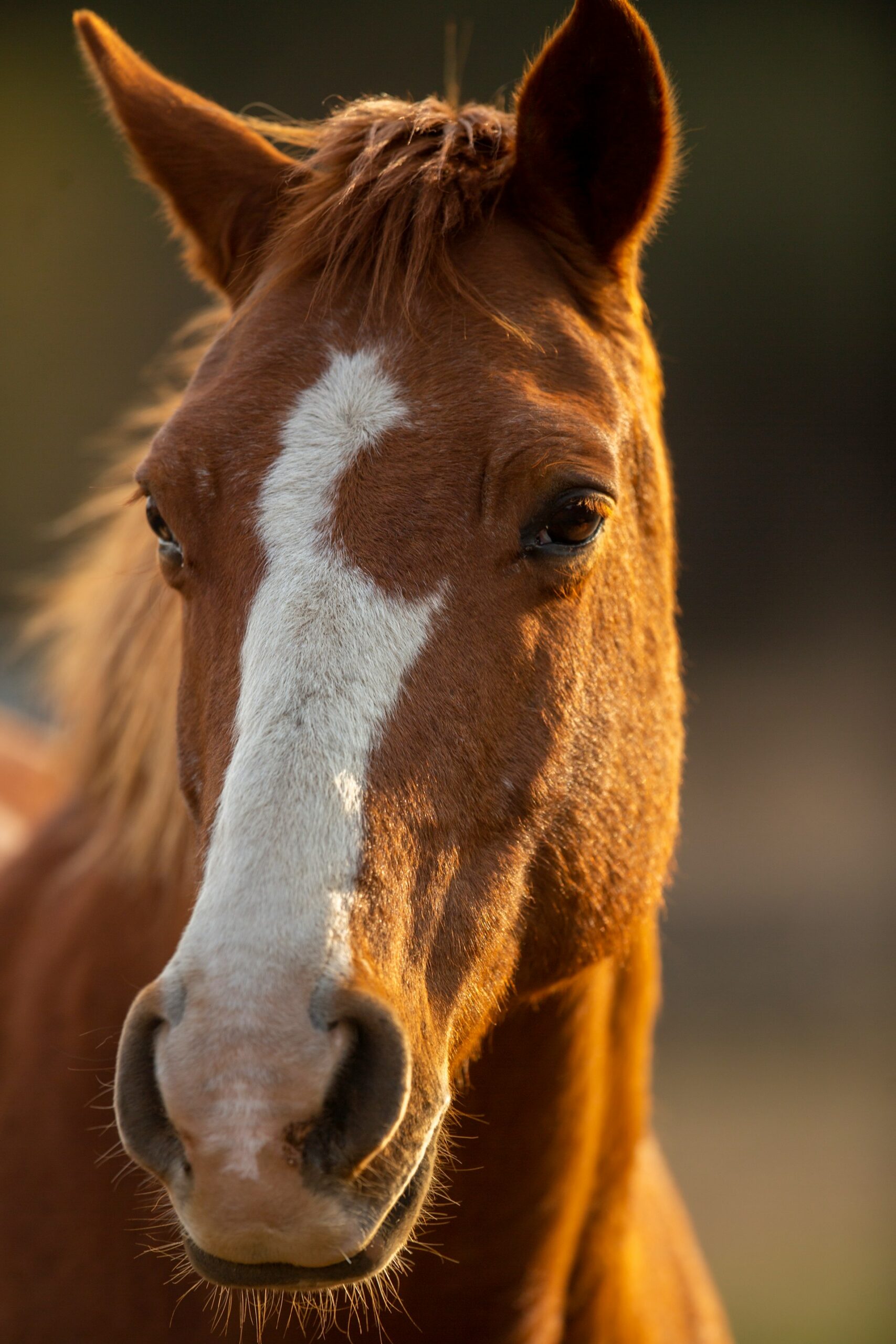
Ensuring Equine Comfort: How to Keep Your Horse Cool in Warm Weather
Key Takeaways
- Understanding the signs of heat stress in horses can save lives.
- Implementing cooling techniques provides immediate relief and comfort.
- Proper hydration and nutrition are critical to regulating a horse’s temperature.
- Choice of transportation is crucial during warm weather.
Recognizing the Signs of Heat Stress in Horses
As the mercury climbs, horse owners and caretakers must understand and deploy measures to keep their horses healthy and comfortable. Ignoring the blazing sun’s potential harm could lead to dangerous health risks for these equine partners. Heat stress can have adverse and sometimes fatal consequences for horses. Caretakers must recognize the early signs of discomfort due to heat. Symptoms of a horse struggling with the heat may include a reluctance to move, decreased appetite, and an elevated heart rate. A horse may exhibit signs of colic or heat stroke in severe cases. It’s crucial to note that different horses exhibit varied tolerance levels to heat, so knowing your horse’s normal behavior and monitoring changes is vital.

Climate Control in Transit: Transporting Your Horse During Warmer Months
Travel can exacerbate heat stress in horses due to confined spaces and limited airflow. In selecting a form of transport, it’s worth considering a horse trailer with living quarters, as these can come equipped with air conditioning systems and proper insulation that help maintain an optimal environment. Transportation during the more excellent hours of the day, combined with frequent breaks and good ventilation, can significantly affect your horse’s well-being while on the move.
Cooling Techniques for Immediate Relief
To cool down an overheated horse, provide shade or sprinkle water on its body. Misting systems and portable fans can also circulate air and reduce body heat. Water is essential to prevent dehydration and encourage thermoregulation. Flavoring water with apple juice or a salt lick can entice horses to drink more. Watch for changes in water intake, which might be the first sign of heat-related issues.
Optimal Nutrition to Beat the Heat
Proper nutrition can help horses better cope with hot weather. Feeds formulated for high temperatures usually include added electrolytes to replace what is lost in sweat. Adding oil to a diet can also increase the calorie content without adding bulk, reducing the thermal effect of digestion. Owners should offer small, easily digestible meals that generate less heat during the digestive process. Be cautious, though, as any sudden changes in diet might lead to digestive upset, so consult with an equine nutritionist or vet before making any significant alterations.
Shelter and Shade Solutions for Summer Days
During the peak hours of sunlight, horses should have access to a protective shelter. This can range from a simple run-in shed in the pasture to a fully equipped barn with insulation and reflective roofing materials that reduce heat absorption. Sheds and barns should be positioned to catch prevailing winds and with generous overhangs to provide shade around the clock. Natural vegetation can also offer a cooling canopy and environmental enrichment for horses in pasture-based systems.
Working Out Wisely: Exercise Management in the Heat
Adjusting exercise routines is another strategy to help horses deal with hot weather. The timing of workouts can be crucial; exercising during the more relaxed morning or evening hours can prevent overheating. Always ensure a proper warm-up, cooldown period, and ample rest days between intense workouts. It’s equally imperative to listen to your horse; they will indicate through their behavior and performance if the heat is too much for them.

Maintaining a Cool Barn: Ventilation and Air Flow Tips
Effective barn design is crucial for horses to maintain comfortable internal temperatures. Installing strategic fans and ventilation systems can dissipate heat and humidity. Cooling vests are an innovative solution to manage body temperature during extreme heat. To learn more, consider reviewing news resources. Climate change poses a pressing concern for equine care. Stay informed by reading articles on managing heat stress and adapting to the changing climate.








